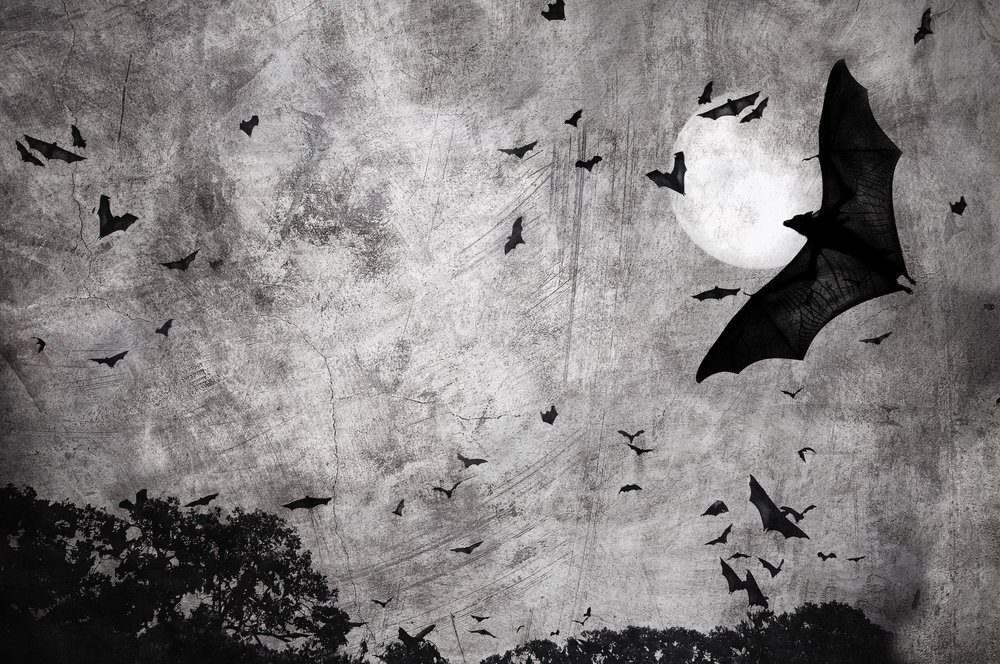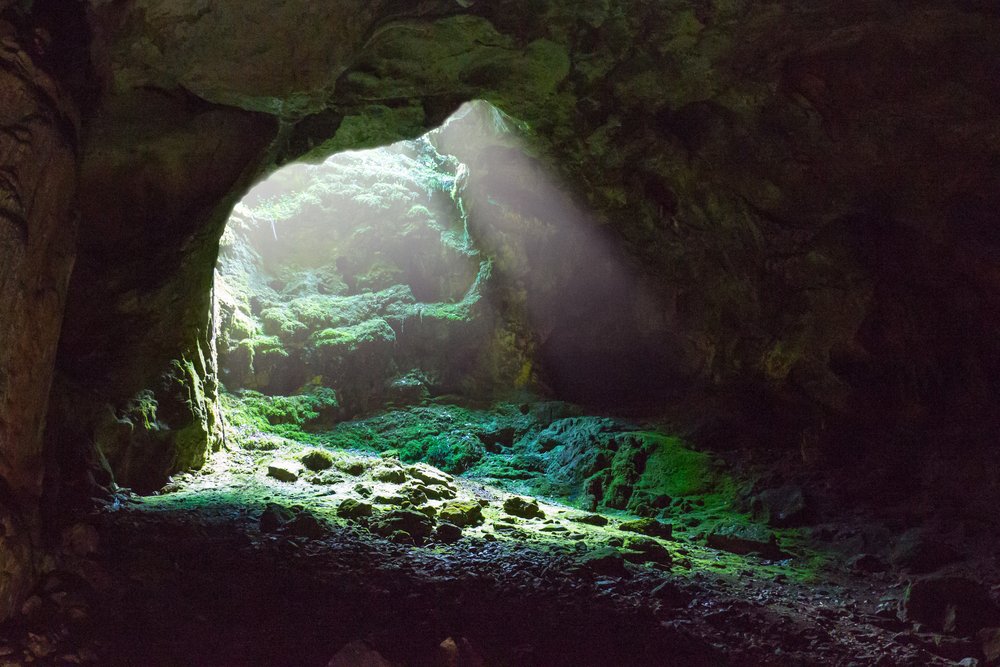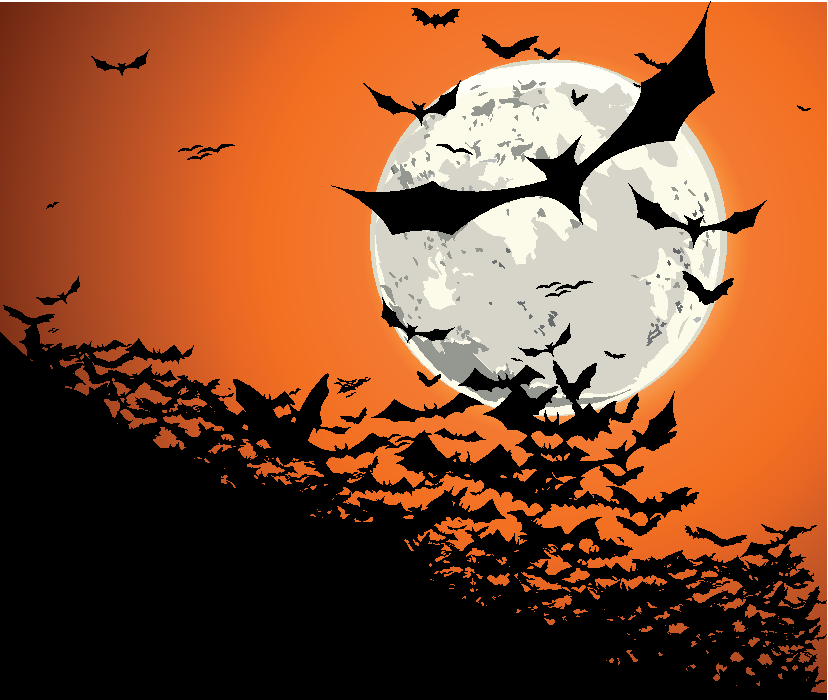Table of Contents (click to expand)
Bats like to live in caves because they offer an optimal temperature that bats need, allowing them to be comfortable without burning up too much energy. Caves also provide optimal humidity that bats require, as well as a low, stable temperature. Hanging upside-down from the ceiling of a cave offers a level of safety for bats that few other creatures have.
If you ever have the chance to step inside an ancient cave in the dead of the night, be prepared to ‘expect’ a large group of creatures producing a high-pitched, chaotic noise that will likely terrify you and send you scurrying for the exit.
We are talking, of course, about bats.

Bats have inspired countless poets, authors and some of the finest movie-makers in past generations. Bats are intriguing creatures, so there is little surprise why bat-based movies are so darn good to watch (well, not all of them).
Has it ever crossed your mind why bats prefer to live in a dark, enclosed space, normally a cave of some kind? Why is that?
Bats Know How To Enjoy The Nightlife
Most bat species are nocturnal, so they perform most of their hunting activities during the night. Bats feed on pests like mosquitoes, moths, flying beetles and many other small insects. They use an interesting technique called echolocation to hunt down their prey. Unlike most other creatures, which depend on visual cues to detect their prey, bats use sound waves in their favor to locate their food. This is where the term “blind as a bat” comes in. They can’t see their food, but they can use echolocation to create some semblance a sound-image.

Since most creatures pretty much depend on visual cues to hunt, they need daylight to go about their lives, whereas bats use the darkness of the night to move in for the kill.
Also Read: How Do Nocturnal Animals Hunt Their Prey?
But Why Caves?
Bats are warm-blooded mammals, just like human. Therefore, temperature is a very important factor for their healthy survival. When you combine this with the fact that they do not foray much during the day, (although some species of bats do) bats need a safe and isolated hideout where other predators won’t find them.
This is where caves come into the picture. A cave offers an optimal temperature that bats need, allowing them to be comfortable without burning up too much energy.

Caves provide optimal humidity that bats require, as well as a low, stable temperature.
Don’t forget that caves are an excellent place to stay out of reach of predator’s hands (or whatever they use to prey on bats). Hanging upside-down from the ceiling of a cave offers a level of safety for bats that few other creatures have. Essentially, they are free from all the ‘worldly’ worries and typically far from danger.
In fact, some bats spend most of the winter season in a state of hibernation in those same caves. During hibernation, the core temperature of their bodies drops to the cave temperature. In addition, they spend this entire hibernation duration hanging upside-down thanks to the other unique characteristics of their bodies.
Also Read: Why Do Bats Hang Upside Down While They Sleep?
Thriving In Caves
Some of the most populous species of bats are found in caves, as staying in caves helps them avoid danger and save energy. There are a few areas of the world that are actually famous for their bat-filled caves. There is one in Texas, known as Bracken Cave, which houses no less than 20 million bats! Now that’s a lot of guano!
Interestingly, most bat colonies leave or enter these caves as a group, mostly at night. This demonstrates a real sense of unity among them, which is always nice to see in a colony, but it also protects them via the strength in numbers logic. Any predators that would be hunting bats would be so overwhelmed by their numbers that the average individual would basically be untouchable!

It’s time for you to leave all the worries of your life behind and simply find a cave to hide out in for the rest of your days. Finally… a solution!
How well do you understand the article above!

